Tapestry and Coordinador Electrico Nacional (CEN)
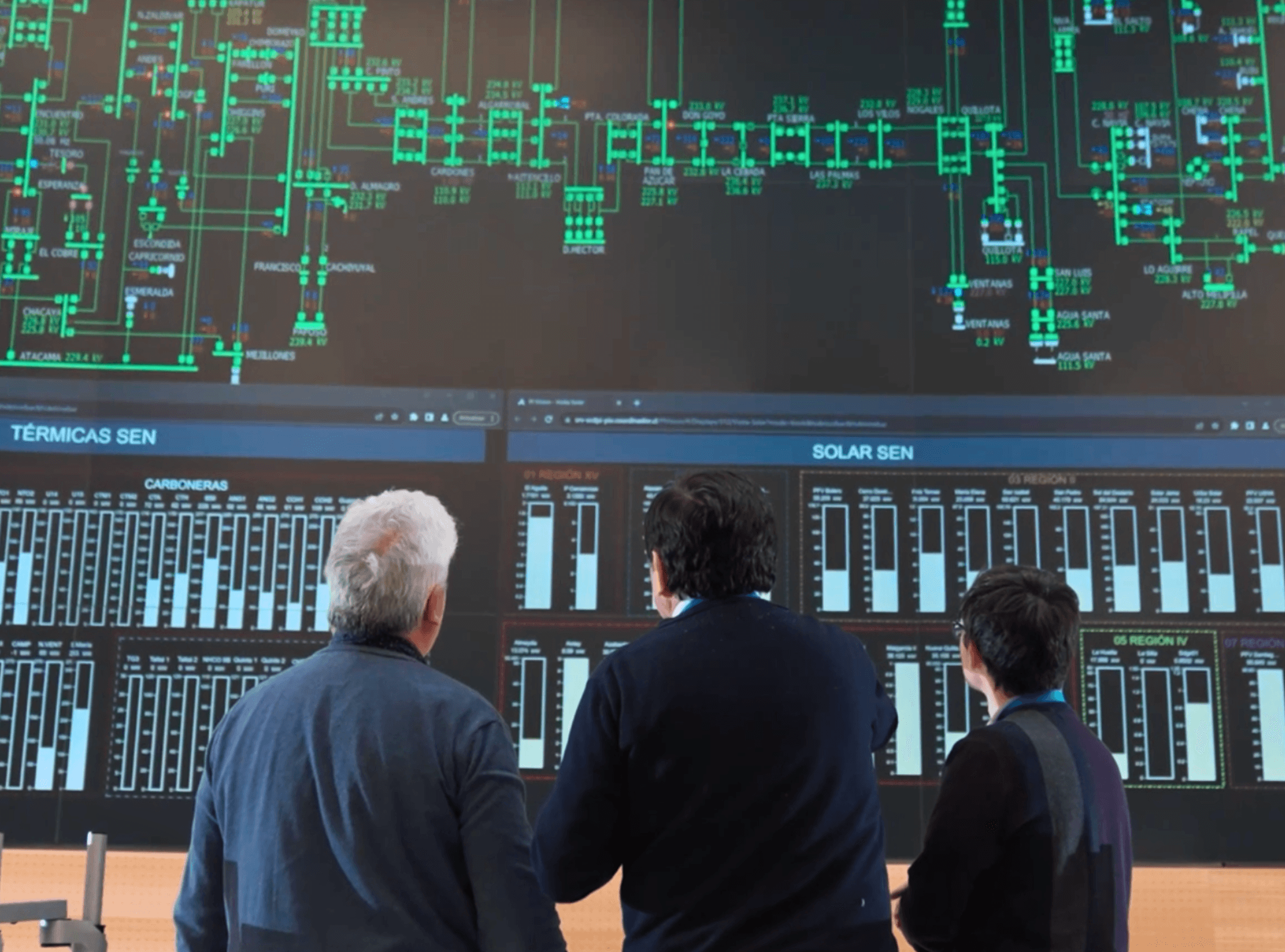
Powering a brighter future: How Vector and Tapestry are using AI to build a more resilient distribution grid
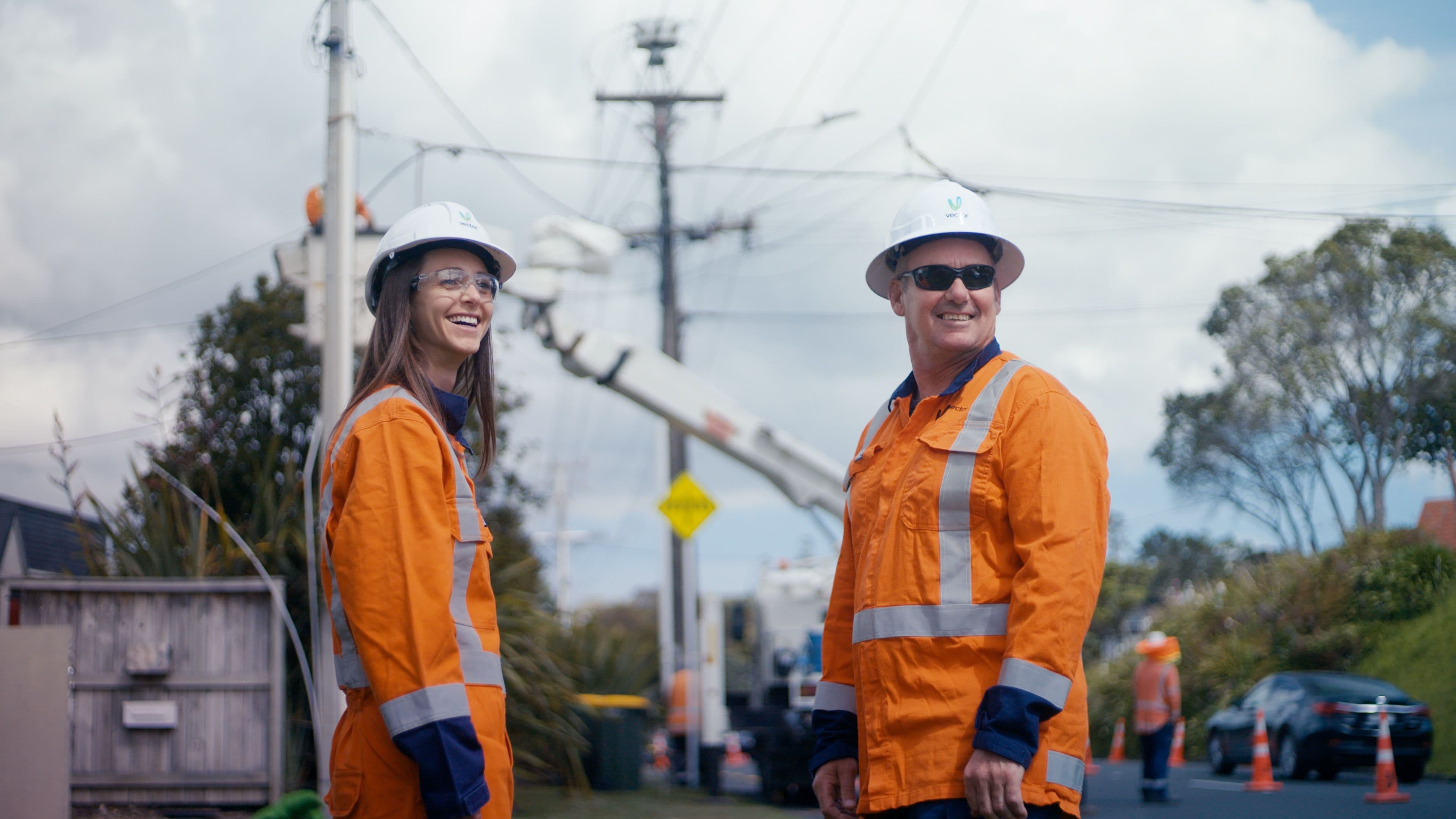
Distribution grids around the world are facing a confluence of new challenges —skyrocketing demand, aging infrastructure, and increasingly extreme weather events—while equipped with old tools. New Zealand is leading the charge in meeting this moment with a bold new approach.
Vector, New Zealand’s largest electric distribution utility, partnered with Tapestry to deploy two AI-powered technology solutions focused on transforming grid planning, management, and maintenance. The first, Tapestry’s GridAware, has increased Vector’s network visibility–the data it has on the location and condition of assets (utility poles, transformers, and other critical equipment) across its far-flung network–by 221 percent¹. GridAware also made it 83 percent faster for Vector to inspect the condition of its roadside electric distribution poles². This set of rich, accurate asset data serves as the critical foundation for the second solution, Tapestry’s Grid Planning Tool for Distribution (GPT-D), a next-generation planning tool that helps Vector to both optimize daily operations and run advanced simulations in support of a stronger, more resilient distribution network for decades to come.
In any given moment, an incomprehensible number of electrons (quintillions, in fact) travel to power our homes, devices, and almost every aspect of our modern lives.
These electrons propagate energy that flows from power plants and solar farms through transmission lines at tremendously high velocities and voltages. When the energy reaches a substation, it converts to a lower voltage, and then moves through local grid infrastructure so it’s able to be accessed by electricity consumers.
Although this “last mile” distribution grid is often the easiest piece of the global energy puzzle to spot in towns and cities, it’s also one of the hardest aspects of the electric grid to understand. And as humanity’s demand for electricity continues to surge, and infrastructure remains at the mercy of extreme weather events and other natural disasters, the world’s distribution grids are in an increasingly vulnerable position.
One core challenge utilities face is network visibility—the ability to have a clear, near real-time understanding of every asset (like utility poles, power lines, and critical substation equipment), its precise location, and health throughout their vast networks. Traditional processes and tools often struggle to capture consistent, high-quality inspection data across vast and varied terrain, making it difficult to prevent outages or quickly restore power when they do occur.
New Zealand, known in Māori as Aotearoa, the land of the long white cloud, is particularly familiar with these challenges. Its energy providers are tasked with powering a remote island nation with terrain that spans farmland, wilderness, mountains, beaches, and cities. The country’s grid operators and utility workers are on the front lines of ensuring each piece of New Zealand’s vast distribution grid remains stable and secure—even as the storms get stronger, and the nation rapidly electrifies.
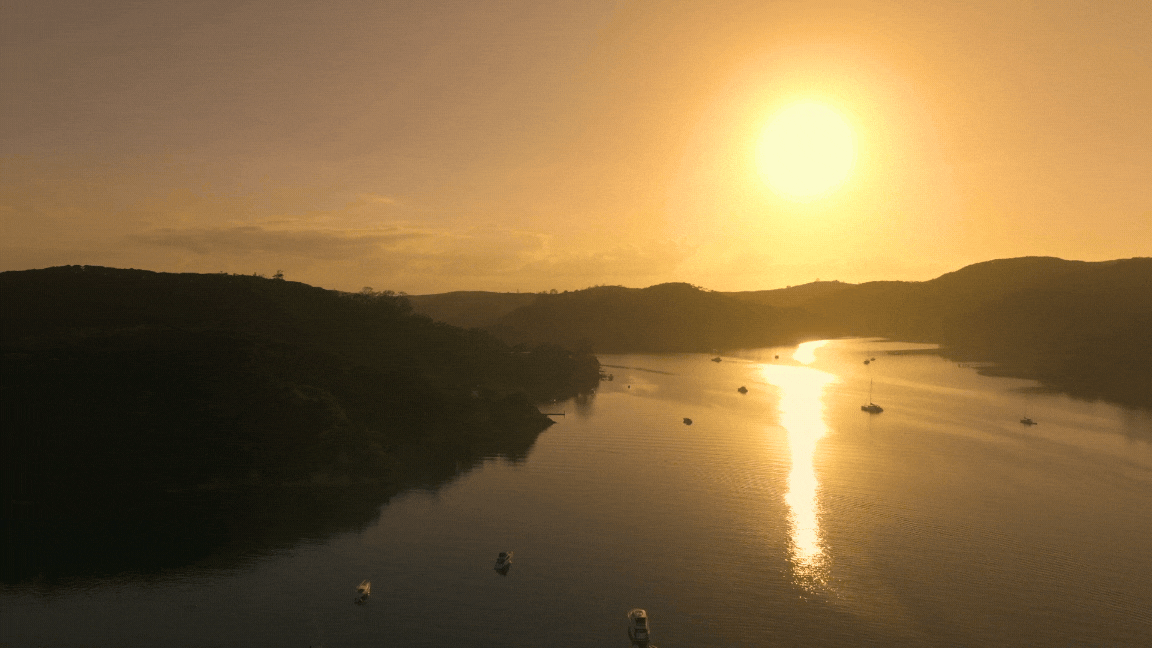
In January of 2023, seven straight days of heavy rain and flooding battered Auckland, New Zealand, knocking out power for 12 percent of homes and businesses in the country’s largest metropolitan area. Before they could catch their breath, Cyclone Gabrielle ripped through the same area just two weeks later, leaving 20 percent of Aucklanders without electricity once again.
New Zealand's Ministry of Business, Innovation & Employment predicts an 82 percent increase in New Zealand’s electricity demand over the next 25 years, as devices like electric buses increasingly replace more traditional alternatives. These challenges call for a new approach to how utilities and grid operators navigate the region’s energy system.
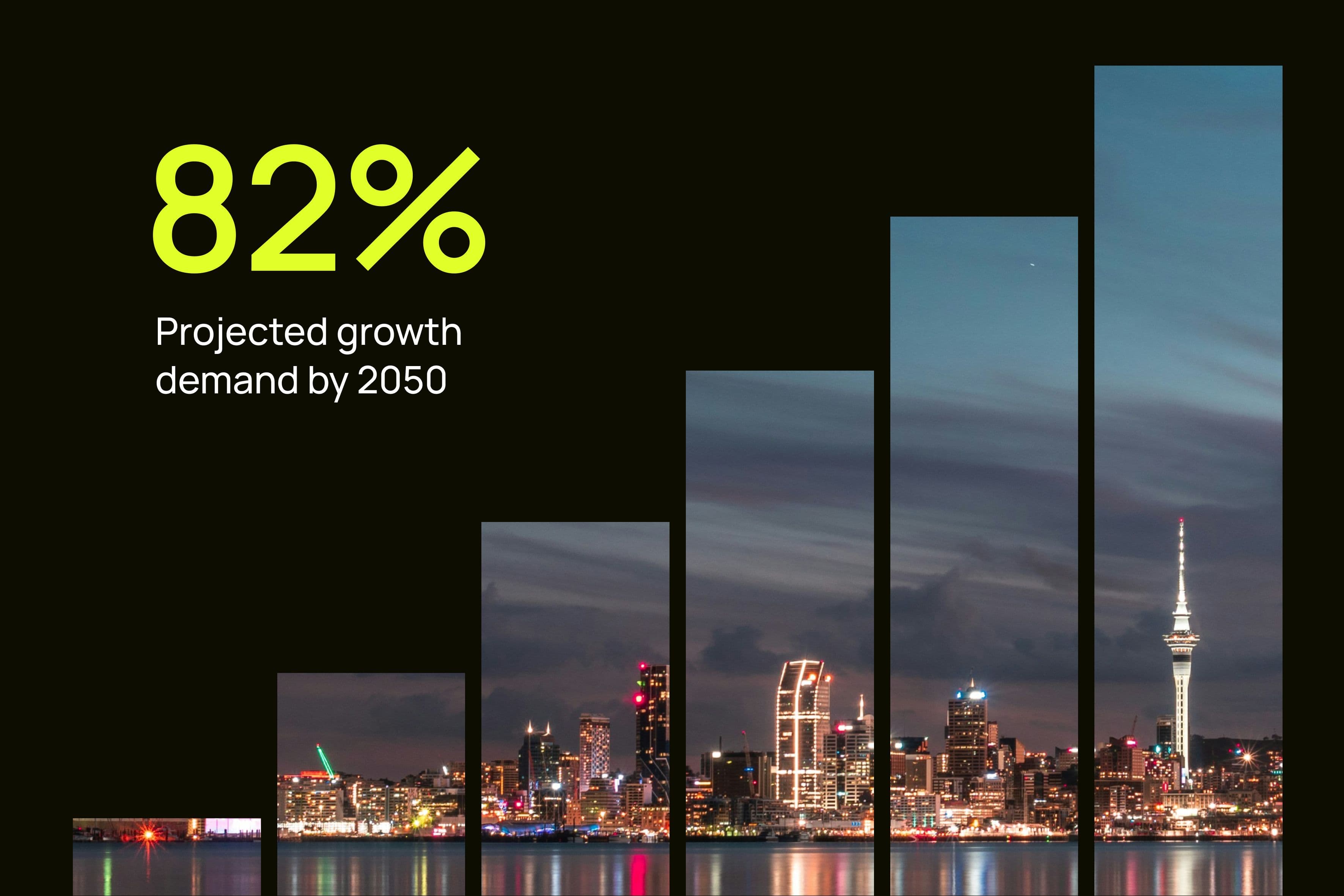
“The electric grid of the 1880s wasn’t designed for the demands of 21st century life–and increasingly, it can’t keep up,” says Tapestry General Manager Page Crahan. “AI and machine learning could be important new tools in the larger push to create a more modernized and reliable grid. And New Zealand can lead the charge.”
Page Crahan, Tapestry's General Manager“AI and machine learning could be important new tools in the larger push to create a more modernized and reliable grid. And New Zealand can lead the charge.”
Vector, New Zealand’s largest electricity distribution utility, provides energy that keeps the lights on, e-bikes charged, and the economy humming for 1.7 million residents in and around Auckland. They do this every day by managing a vast network that spans tens of thousands of transformers, more than 150,000 utility poles, and thousands of kilometers of power lines.
To address these complex and growing demands, Vector’s team adopted what they call a “Symphony Strategy”: a multifaceted approach to energy distribution that incorporates emerging technologies and digital platforms while putting customers’ needs front and center.
“We need a different way of thinking about things to future-proof our energy network,” says Andre Botha, Vector’s Chief Engineer. “The challenges we’re facing are having a big impact on the resilience of our infrastructure, and we need to meet them in a way that’s affordable for our customers.”
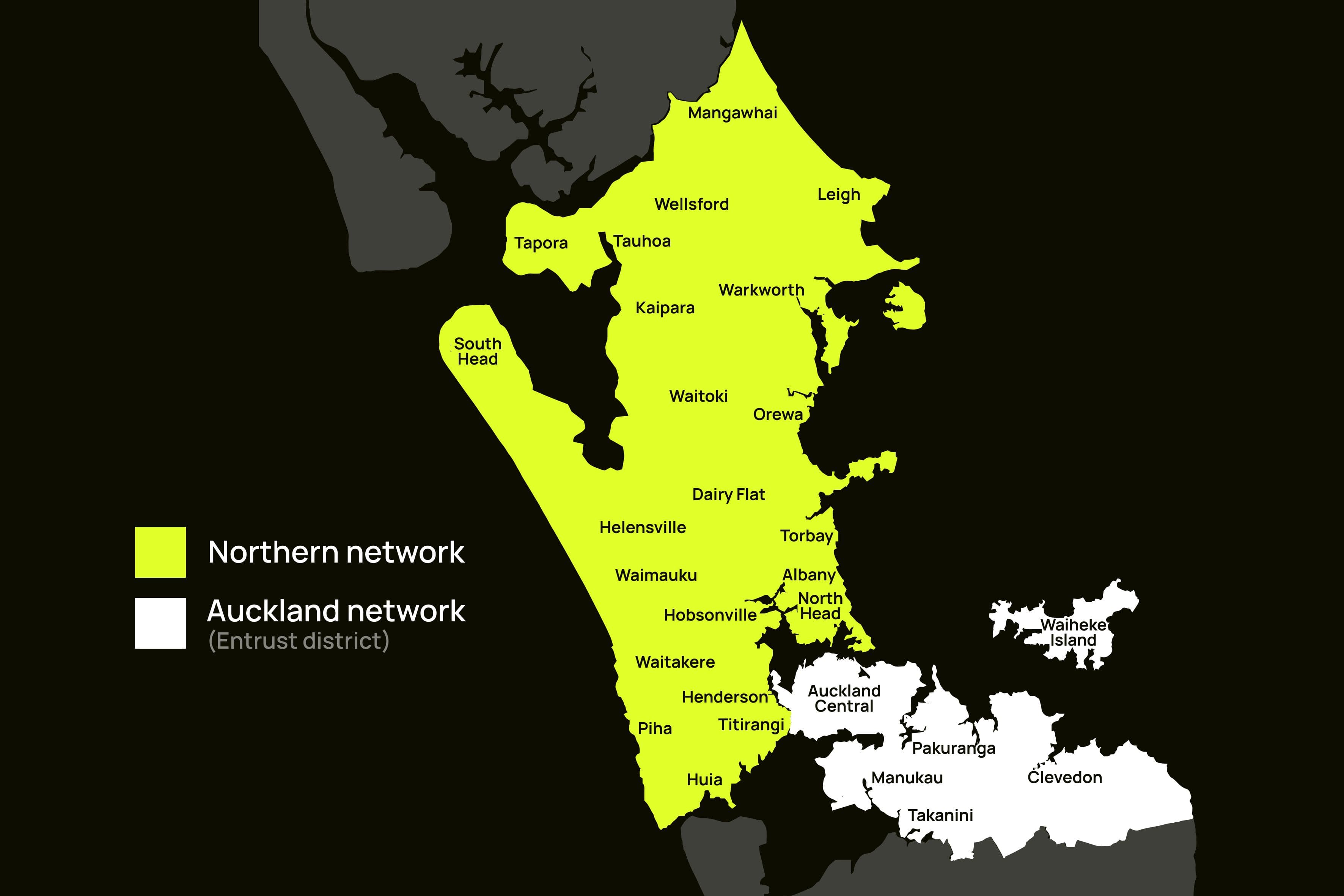
Vector’s dedication to reshaping energy delivery in the greater Auckland area makes them an ideal partner for Tapestry. Our mission is to make the grid visible, ensuring everyone, everywhere can access reliable, affordable, and clean energy. We weave together the cutting-edge technology and strategic partners critical to making that happen.
Tapestry is building the first AI-powered, unified platform for the world’s energy system, specifically designed to help with the grid’s toughest jobs: managing, planning, and operating.
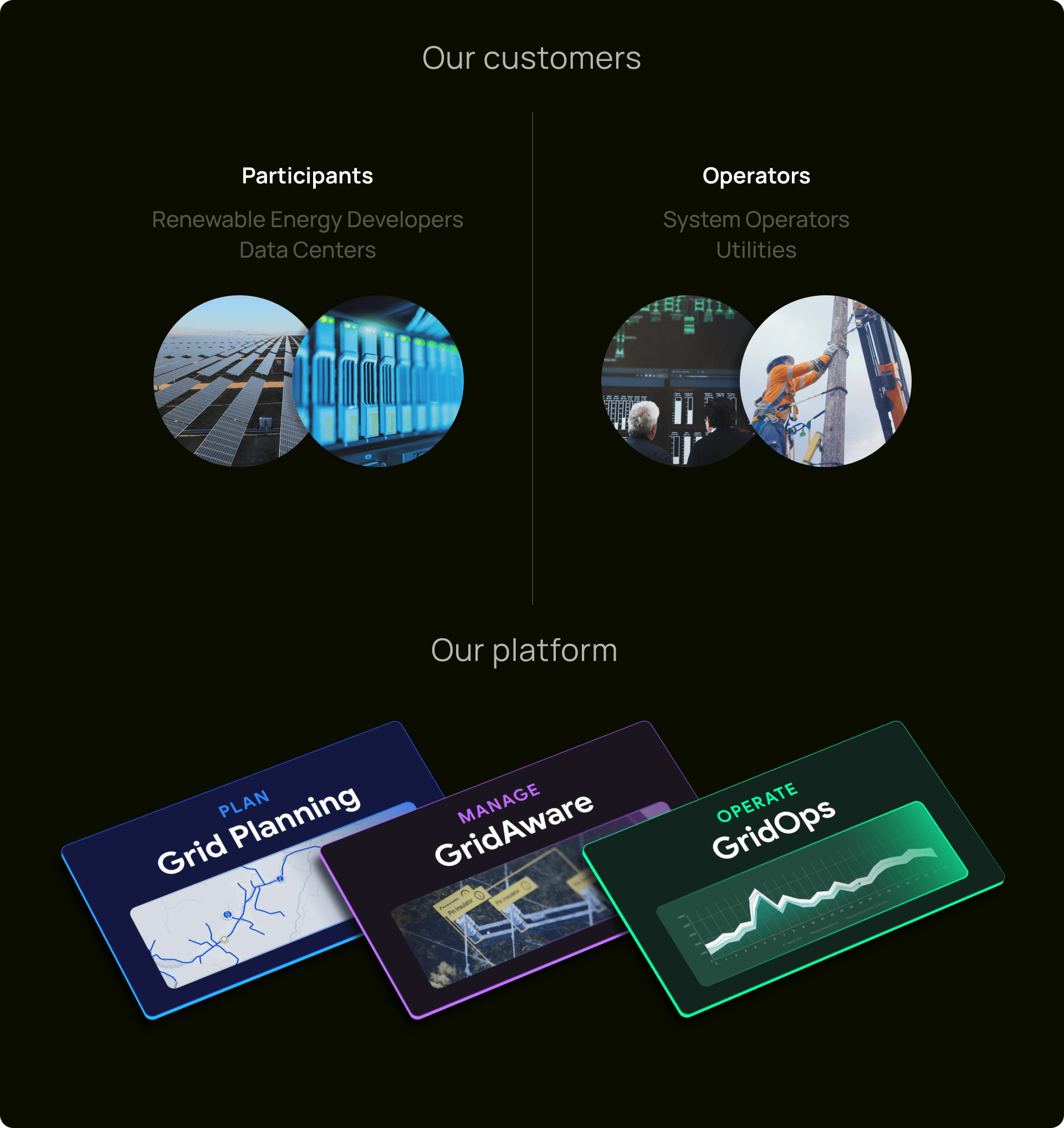
Equally—if not more—important are our partners. We actively seek innovative leaders like Vector, whose teams are committed to exploring new ways to reimagine how the world makes, moves, and uses energy.
We collaborate with grid operators all over the world to design tools that best address the complex challenges they face every day, creating new solutions to help tackle their hardest problems. New Zealand’s broad array of energy challenges, combined with Vector’s forward-thinking culture and track record of innovation, create an opportunity to develop technology that ultimately stands to benefit grid operators across the globe.
“A successful partnership between Tapestry and Vector could serve as a beacon for how the rest of the world meets this moment,” says Aviva Shwaid, Tapestry’s Head of Partnerships. “We’re excited to demonstrate how AI and machine learning can transform the way Vector plans and delivers energy to the nearly two million people who rely on them to power their daily lives.”
Aviva Shwaid, Tapestry’s Head of Partnerships“A successful partnership between Tapestry and Vector could serve as a beacon for how the rest of the world meets this moment.”
In partnership with Vector, our team is developing software that uses AI and machine learning to address two specific challenges facing the distribution grid in Auckland and beyond. First, we’re building tools that improve the intensive daily process of managing thousands of field assets like poles and substation equipment. We’re then using those insights to create new technology that fundamentally transforms how the Vector team plans and delivers energy—ensuring they can continue to keep the lights on no matter what the future holds.
Andre Botha, Vector's Chief Engineer“We’ve never been able to achieve this before, because the technology was not quite there. Tapestry has changed all of that.”
Richie Inglis has spent a large portion of his career traversing the Auckland area’s diverse terrain. On any given day, he heads out to beaches, across farms, up and down hills, through thickets of wilderness, and into the urban center to inspect utility poles, examine power lines, and check on the health of transformers—all manually.
“Inspectors will physically have to drive to the site,” explains Richie, a field assessment manager at Vector. “They'll have to get out. They'll have to walk around the pole, observe the pole, look for any defects. If there's defects, they then take photos. Do a check sheet. I believe they're looking at doing 80 to 100 poles a day.”
Vector operates one of New Zealand’s 29 distribution grids. Unlike the transmission grid “superhighway,” distribution grids act more like the local streets that branch off into the suburbs, connecting energy at lower voltages directly to our homes and businesses.
It’s easy to take for granted the intricate web of equipment, systems, processes, and decisions that make plugging in a lamp or charging a laptop such a simple process. But in today’s digital age—a world where we can instantly search for any piece of information, call up directions to any place on Earth, and even track the precise location of physical objects—the grid still lags behind.
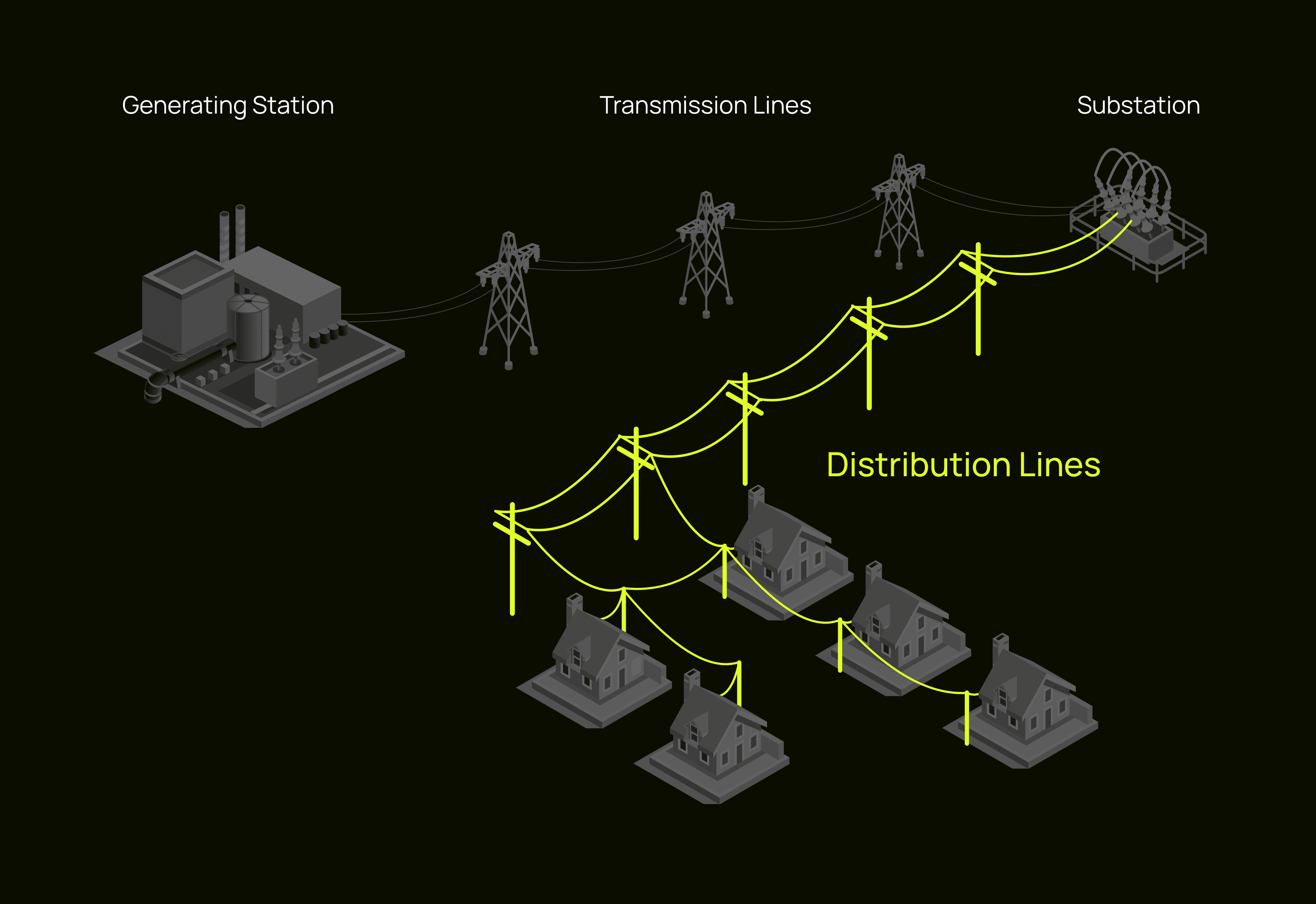
Distribution grid operators like Vector typically have limited visibility into the status, health, and even connectivity of system components, particularly at the edge of the grid. While most utilities, including Vector, utilize a Geographic Information System (GIS) database to track asset locations. This data is often incomplete, inaccurate, or quickly outdated due to the distribution grid's continuous changes and manual processes. This means a GIS doesn’t offer the granular, real-time detail or health history needed to understand how low-voltage power lines, poles, and transformers are truly functioning. This lack of detailed insight is often why people frequently need to call utilities directly to report outages and specify where, exactly, the issue lies.
“Utilities struggle to keep track of their assets,” says Tapestry’s Director of Technical Operations Andy Ott, who spent several years as CEO of PJM Interconnection, the largest grid operator in North America. “In talking to folks around the world, we’ve found that at times they don't know what buildings are connected to what service points.”
To ensure each piece of the grid functions properly, assessors like Richie must get out into the field themselves to manually identify and repair things like wear and tear on top of poles, which isn’t easy to spot with the naked eye. This time-consuming process only allows them to inspect a fraction of their assets each year.
Inspections can be particularly challenging for utilities spanning different types of environmental territories, like Vector’s grid outside Auckland’s metropolitan center. Increasing natural disaster risks, like 2023's flooding and cyclone, further exacerbate this undertaking: not only does severe weather make grid infrastructure more susceptible to damage, leading to maintenance and reliability issues, but getting out to inspect and repair everything becomes all the more difficult.
Distribution grids also serve as the main point of connection for a growing supply of distributed energy resources (DERs), such as rooftop solar, batteries, and electric vehicle chargers—devices that hold tremendous promise for making the electricity system more abundant, affordable, and resilient. As solar and batteries become increasingly economical, DERs are rapidly expanding across Vector’s territory.
“As natural disasters occur more and more, it’s even more important that the condition of physical infrastructure is understood and maintained,” says Aviva. “One of the biggest challenges with asset management is having this visibility in near real-time.”
While Vector’s Symphony Strategy welcomes—and seeks to facilitate—this customer-led energy transition, unknown distributed energy assets can pose a significant risk to grid operations and worker safety. "If a customer's solar system is feeding energy back into the grid during a shutdown, and we're unaware of it, that creates a dangerous situation for our field teams," Richie explains.
Between growing resilience issues, skyrocketing demand, and greater complexity, Vector is finding—like many distribution utilities around the world—that traditional methods of asset inspection and management are increasingly falling behind the pace of change on the grid.
“The utilities and organizations in general are constrained, and the inspection teams can only do so much,” says Sydney Fitch, Tapestry’s Partnerships Program Manager. “The demands of the grid needing inspection are growing every single day, and they can't scale together.”
Vector partnered with Tapestry to see how advanced technology might be able to help. GridAware, our asset management software, creates a centralized, granular view of a distribution grid in its entirety. The platform uses advanced models and diverse datasets to help utilities identify and evaluate the health and status of each asset that’s above ground. While GridAware doesn't currently display underground lines, it's a capability envisioned for the future, leveraging data that exists within a utility's Geographic Information System (GIS) database.
“We’re building Google Maps for the electric grid—a system that makes it easy for the inspection team to just pull up and understand where all their assets are and what condition they're in,” Sydney explains. “We want our tools to be intuitive, bringing all the grid assets and their history together into one easy-to-read map.”
Sydney Fitch, Tapestry's Partnerships Manager“We’re building Google Maps for the electric grid—a system that makes it easy for the inspection team to just pull up and understand where all their assets are and what condition they're in.”
In contrast with traditional manual, siloed processes, GridAware’s enhanced intelligence allows for proactive and efficient grid operations, asset management, and maintenance work. It also provides a foundation for long-term grid planning, making it easier to benefit from the potential of new devices like solar panels and batteries to bring down energy costs and strengthen the network as a whole.
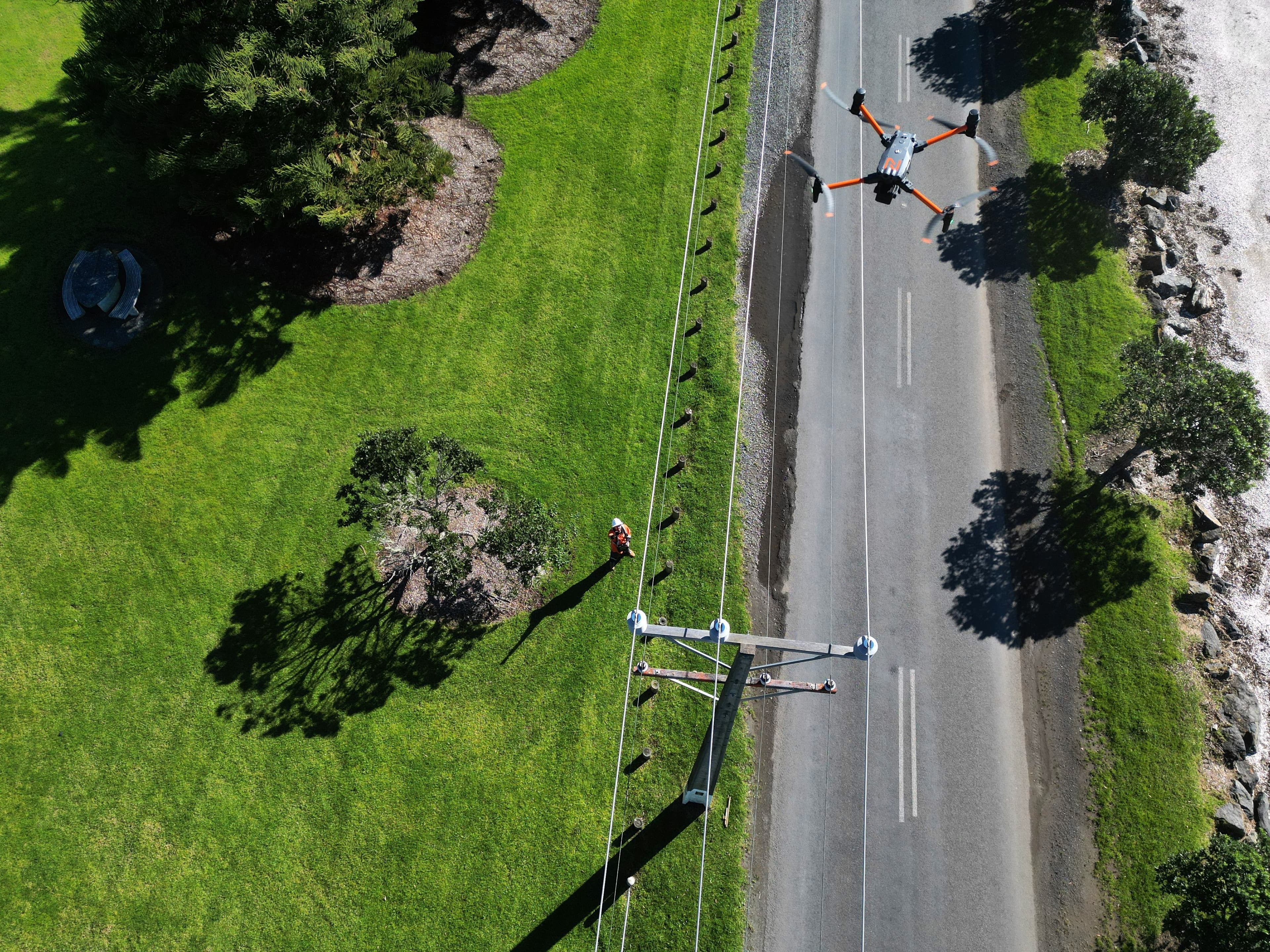
To inform its model, GridAware uses a multimodal approach, synthesizing data from a variety of sources including Google Street View, aerial imagery (using helicopters and drones) and existing utility data. A team of field assessment experts then digitally annotates these images to highlight asset condition and wear and tear. These annotations are then used by Tapestry’s AI models to learn to recognize potential faults and identify what needs to be fixed and when. With each annotated image, the model becomes “smarter,” automating inspections so technicians can focus on repairing issues, not finding them.
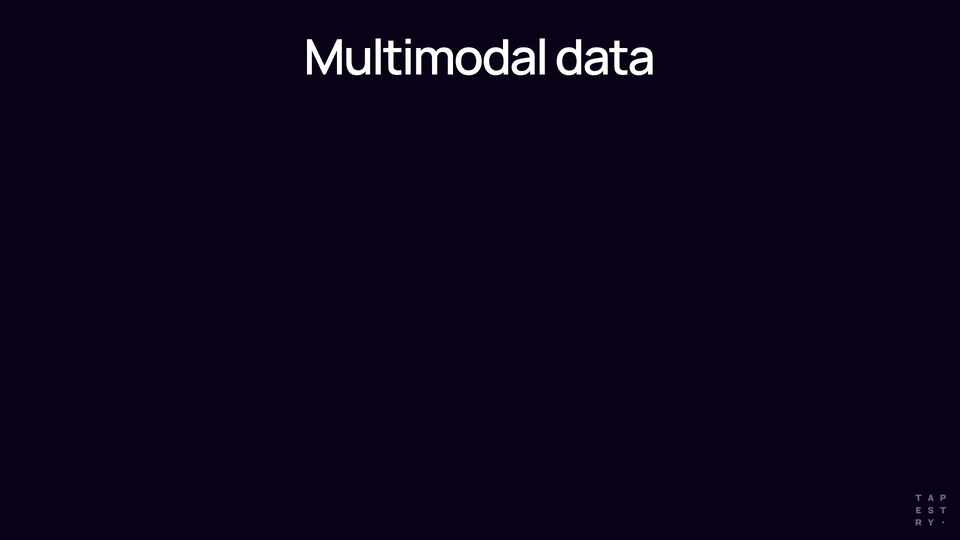
In initial deployments with United States partners, GridAware’s machine learning algorithms were able to automatically identify grid assets like utility poles with up to 83 percent accuracy³.
“Once all that information is available via GridAware, we can look at the imagery, identify whether there are faults or not, and then distribute and manage the work accordingly,” Richie says. “The AI can pick up our potential faults or our areas of concern that we need to look at, which will take the boots-on-the-ground out of it.”
Richie Inglis, Vector's Field Assessment Manager“The AI can pick up our potential faults or our areas of concern that we need to look at, which will take the boots-on-the-ground out of it.”
“GridAware uses machine learning to produce insights that humans previously had to spend their time on,” Andy says. “Allowing human experts to focus on the harder, more strategic problems is improving the way utility maintenance processes are accomplished.”
Vector is the first utility to incorporate imagery from helicopter and drone aerial inspections into GridAware’s model. By using AI to integrate this data, Vector’s grid inspection team will have unparalleled visibility into the conditions of individual assets as well as their network as a whole—a 221 percent increase in information compared to the data that’s currently available.
This wealth of imagery will also generate essential training data for Tapestry’s machine learning algorithms. As Vector’s grid operators continue to annotate and feed more images into the platform, GridAware will continuously adapt and fine-tune its existing models with the new geographic data. This iterative process underscores the interconnectedness of our energy future: by enhancing the models' robustness and precision, over time they’ll be trained to apply reliably to any region on the planet.
The high-definition aerial views provide an unprecedented level of detail that traditional on-foot inspections can’t achieve. For poles with road access, the difference in efficiency is stark: to complete equivalent inspections with the same outputs, a bucket truck would typically require 30-45 minutes per pole. This includes time for traffic management, maneuvering the truck, and assessment of the pole itself.
Improved network visibility
Faster inspections of road-accessible poles
In contrast, drones leveraging GridAware's capabilities can complete these same inspections in just five to seven minutes per pole, approximately 83 percent faster. While drone inspection can take a little longer in remote areas, they are still much faster than having a field technician hike in to inspect - further highlighting GridAware's ability to cover previously challenging terrain.
Beyond routine inspections, GridAware offers dramatic improvements for hard-to-reach areas of the Vector network like Kawau Island. Previously, inspecting the 220 structures connected to the island's high-voltage lines required sending eight inspectors for five days or more—320 people-hours of difficult work traversing dense bush. With GridAware, a helicopter captured the necessary imagery in about four hours, and an asset engineer then reviewed the images and developed a work program in just one day, all without setting foot on the island. This represents a massive reduction in the time and effort required for inspections in inaccessible terrains.
“Instead of sending some guys out there for a week to bash their way through the bush, we used GridAware to scope everything within a day, no one had to leave their desk, and our customers on the island had their part of the network inspected much faster," explains Jason Gray, Vector's Asset Manager.
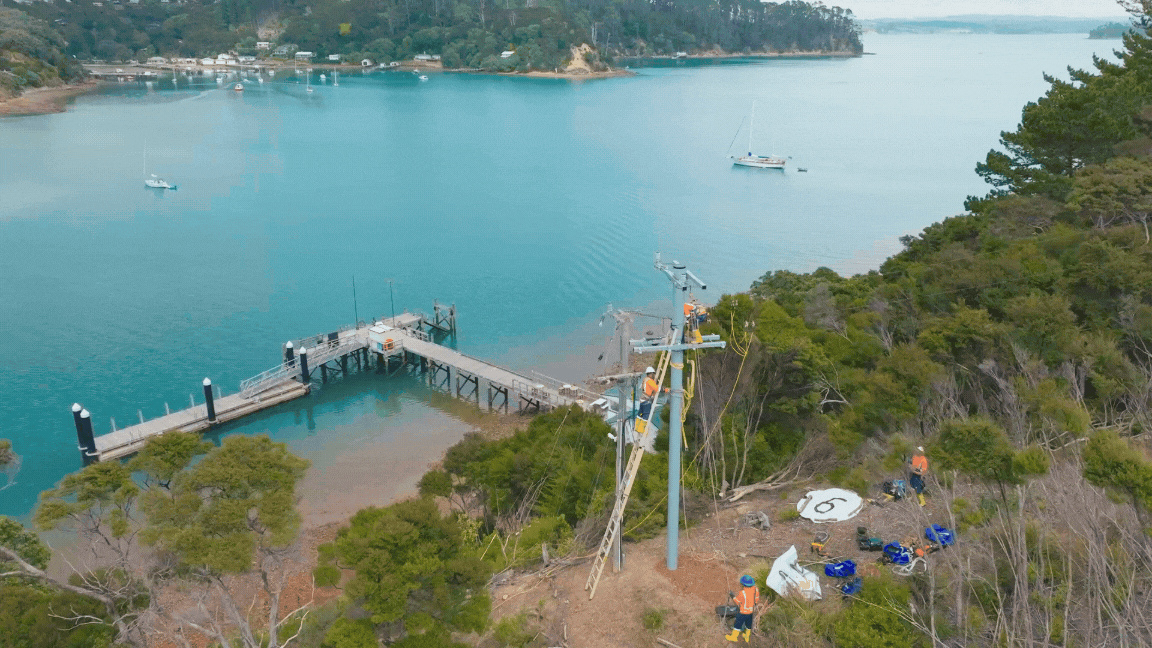
Jason Gray, Vector Asset Manager“Instead of sending some guys out there for a week to bash their way through the bush, we used GridAware to scope everything within a day.”
Knowing the location and status of grid assets is only one piece of the puzzle. Predicting how these components will behave or what the network might need in five, 10, or 20 years will help ensure that energy distributors like Vector can continue delivering reliable, affordable power regardless of how the coming decades unfold.
For example, safely interconnecting new energy generation sources like solar and wind, or facilities like data centers, requires grid planners to run power engineering studies that model different scenarios—combinations of weather, demand, and more—forecasting many years into the future. The results of these simulations must then be analyzed by experienced engineers, often manually or using cumbersome, bespoke software systems.
“The current simulation and network modeling tools we have are not sufficient,” says Andre. “My biggest desire for grid planning is that emerging digital, data-driven technologies can help us build a network that is not only bigger, but also smarter.”
New Zealand’s anticipated rise in energy demand further complicates grid planning. Seven new data centers of up to 25 megawatts each have come online in the Auckland area recently, and Vector is planning for at least ten more in the next decade. Vector and other utilities must now figure out how to meet this fast-rising need while ensuring power remains reliable and affordable for their customers.
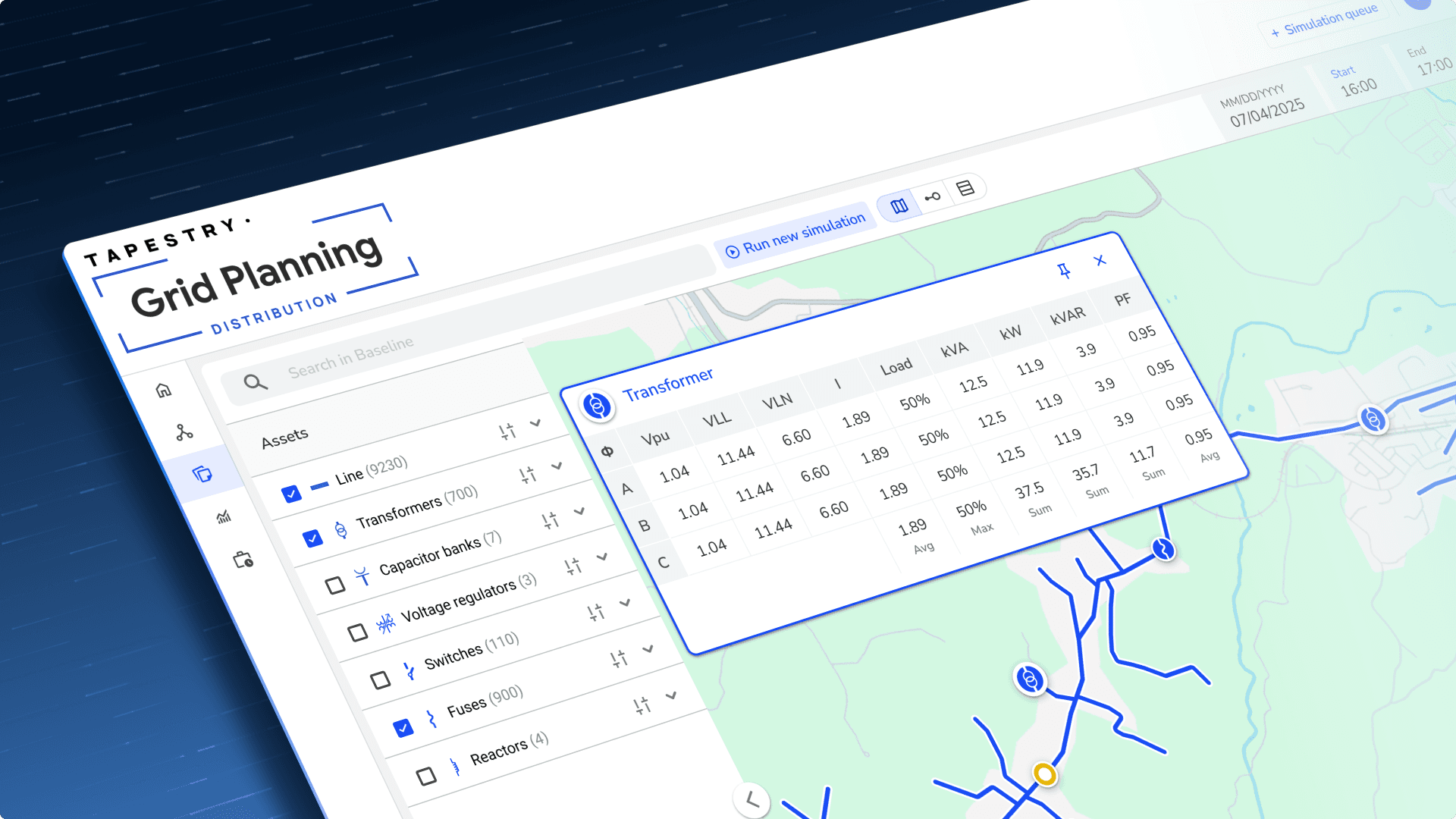
Our groundbreaking new Grid Planning Tool for Distribution (GPT-D) software offers Vector a transformative solution. Informed by GridAware’s best-in-class geospatial asset data, GPT-D allows planners to run long-term distribution grid simulations with unprecedented granularity and speed (a similar concept to Tapestry’s Grid Planning Tool for Transmission, which Chile’s national grid operator is currently implementing).
Vector will be the first utility worldwide to integrate GPT-D into their workflow. Its technology will enable planners to simulate and analyze individual scenarios at a much faster pace than current systems currently permit.
The software will also be able to set up and process many simulations in parallel instead of one at a time, which means planners can simultaneously evaluate dozens of future scenarios without compromising on their accuracy.
The tool also automates normally clunky and time-intensive planning and model management processes. For instance, GPT-D’s data management feature migrates file-based systems to a centralized platform, removing the need for slow, error-prone, manual data manipulations. Its automated scenario generation transforms a complex and time-consuming process into an intuitive workflow, allowing planners to effortlessly sift through numerous possibilities. This helps them not only identify the exact location and timing where grid violations may happen. GPT-D also allows planners to better model uncertainty across a range of possible grid futures, accounting for variables that range from weather conditions to the interconnection of new energy resources.
“Because of the uncertainty of what customers will deploy on the network, what solar will do, what EV charging will do, the number of scenarios that you have to plan for increases exponentially,” explains Andre. “So the ability for grid planning to run those scenarios and see under which of the scenarios you are constrained, and then on top of it to provide possible solutions for those constraints, will mean that we can do a study for an area on the network literally in days instead of weeks. It really simplifies the planning process for engineers.”
Andre Botha, Vector's Chief Engineer"It will mean that we can do a study for an area on the network literally in days instead of weeks."
Beyond planning for future growth, GPT-D also helps to keep the grid resilient day-to-day. One of its most powerful features is automated N-1 backstopping analysis (also known as contingency analysis), which enables planners to ensure reliable electricity supply even in the event of a planned outage or a sudden fault in the network. The tool automatically determines optimal switching configurations and estimated restoration times based on “what-if” criteria provided by planners. This enhances utilities’ ability to ensure that as the grid expands and evolves, it can still supply reliable power, even when individual components fail, minimizing disruption for customers.
We hope that our partnership with Vector can serve as a blueprint for how policymakers and utilities can use AI and other emerging technologies to address similar challenges facing distribution grids around the world.
“The ‘last mile’ power distribution actually has the potential to become more reliable and affordable in spite of rising energy demands and other complexities,” says Page. “With the right tools to make the grid truly visible, we can meet the moment and power a resilient future for communities everywhere.”
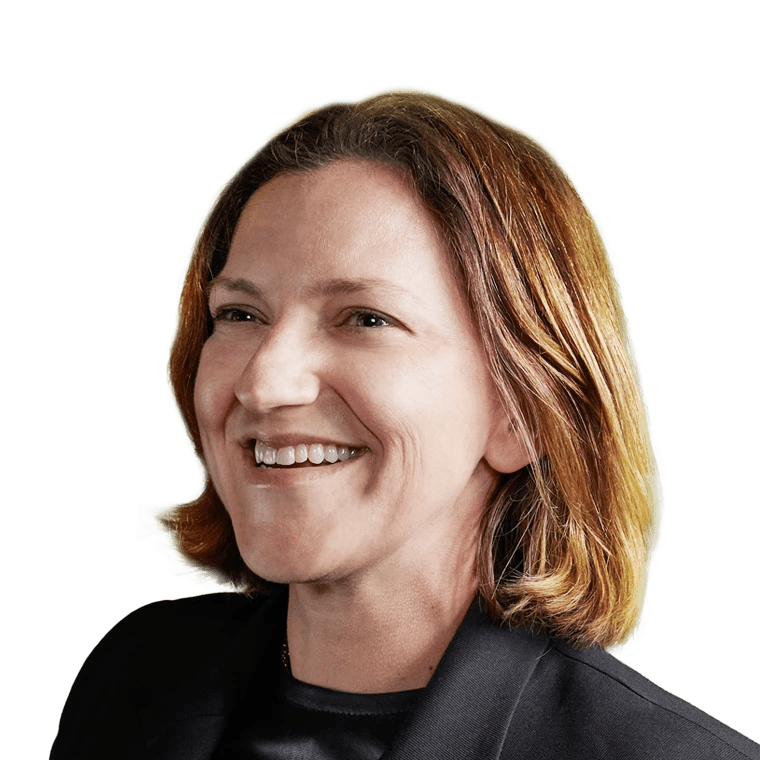
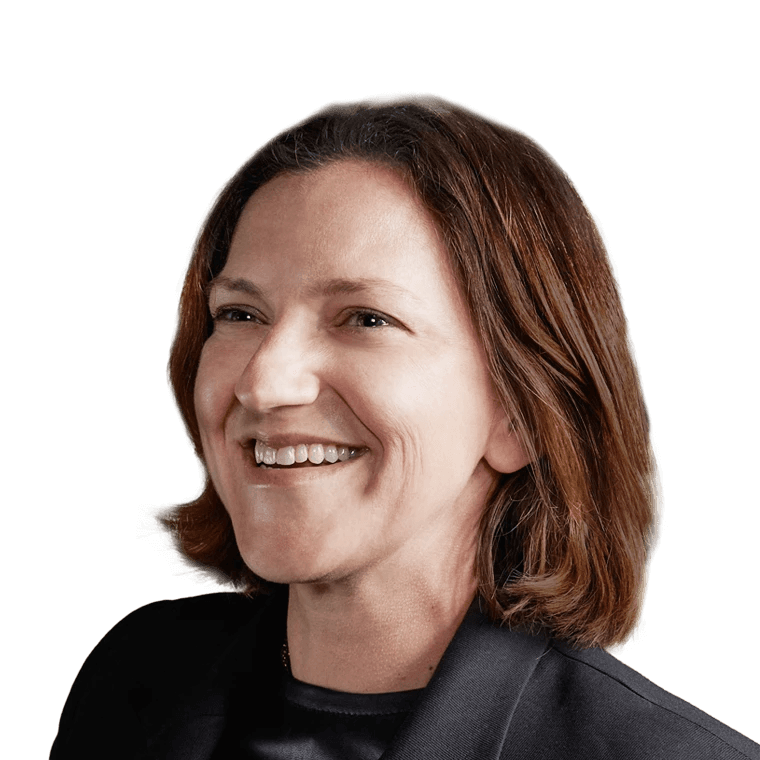
Before joining Tapestry at X, The Moonshot Factory, Page held roles as a go-to-market and commercial leader and advisor at several start-ups, two of which attained unicorn status: Sunrun in rooftop solar energy in the U.S., and Konfio in financial services in Mexico. She was previously co-CEO and founder of Clarus Power, a venture-backed residential solar customer acquisition platform. She was recognized as one of the top 50 Climate Tech Operators in the 2021 Climate Draft and won Fin Earth’s 101 Women in Climate Award in 2024.


Before joining Tapestry at X, The Moonshot Factory, Andy served as President and CEO of PJM Interconnection, the largest power grid in North America and the largest electricity market in the world. Andy is internationally recognized as an expert in electricity market design and power system operation. He has extensive experience in power system engineering, transmission planning, applied mathematics, electricity market design, and implementation. Mr. Ott served as Co-chair of the Energy Transition Forum for 8 years, is an IEEE Fellow, and an Honorary Member of CIGRE.


When Aviva isn’t powering up our partnerships, you can find her amped up for a game of pickleball. She is also a fan of electrical grid puns.


Driven by grid modernization, Anthony builds the intelligent grid software of tomorrow to accelerate clean, reliable, and affordable energy. In his free time, he's a mixologist, spinning music and crafting head-spinning drinks.


Outside of helping build Tapestry's planning software, Bella is an unashamed hobby collector who's recently come down from a serious tennis obsession.


When not building the frontends for Tapestry, Halina is perfecting Muay Thai combos, exploring new destinations, or diving into the world of anime.

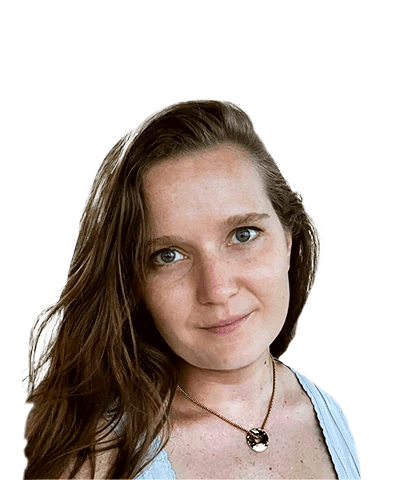
Software engineer Sarah loves to trade her keyboard for hiking boots or a snowboard, finding balance away from tech.


David works on simulation backend infrastructure, but most of the time, he's saying the word "bits" more than anyone should.


David enjoys mapping the grid at Tapestry. As a 'maps' veteran, he is passionate about observing the physical world and creating its 'digital twin.'


In addition to analyzing data and applying ML to energy problems, Laura loves learning about energy policy and advocating for faster renewable integration. She’s written about VPPs and worked across many areas of the energy sector.


Sydney's partnership management is as dynamic as her weekend adventures — proving 'never sitting still' isn't a flaw, but an advantage.


Xinyue solves power grid data problems as a software engineer. Her free time? Different set of challenges: 3D puzzles and a toddler's insatiable curiosity.


Sunny is a power systems engineer driving AI-powered grid modernization solutions. When he's not powering the future, you can find him powering through a pickleball game or a weightlifting session.


Robin's career spans global power system software, operator training across continents, and advanced data science. Driven by curiosity, he explores the world and embraces new cultures.


Mel loves writing software that can help utilities tackle problems in the distribution grid immediately. When they're not coding, they enjoy hiking, bonsai, fire juggling, and drifting terrible 90s cars.


When Reuben's not tackling technical challenges at Tapestry, Reuben dedicates his time to family and plotting his path to professional pickleball.


When Minh isn't coding for Tapestry, he devotes time to family and enjoys traveling, photography, snowboarding, and game programming.


When Karen isn't crafting Tapestry's user experience, she brings her designer's eye to snapping pics with her digicam for her scrapbook.
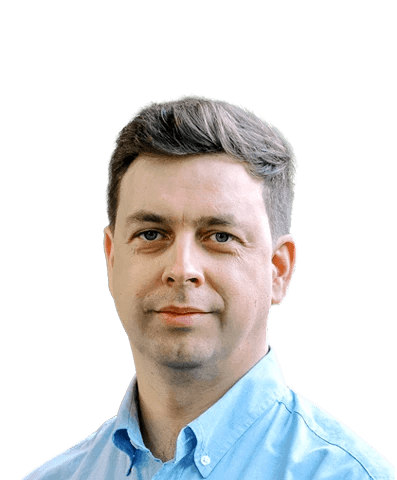
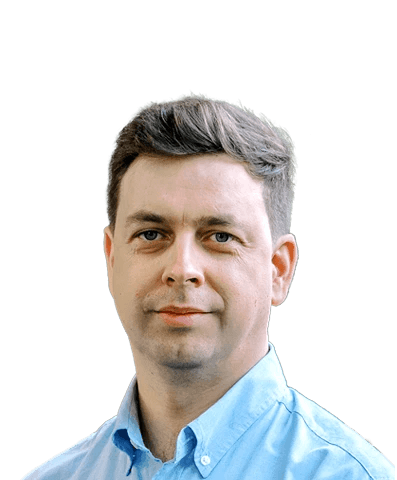
Dmytro balances his professional life at Tapestry with a passion for summer activities and family time.

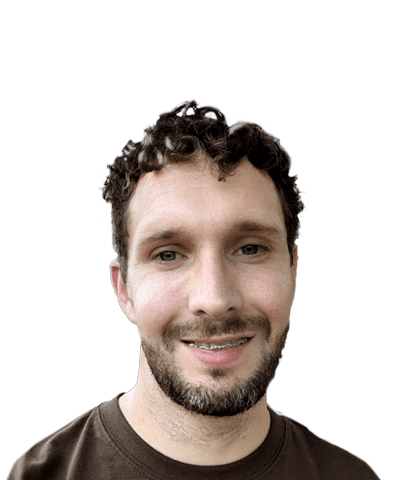
Rob is an ML Engineer working on visualizing the grid. Outside of work, you can find him biking, swimming, or XC skiing in the Sierra.


When Darshini isn't developing Tapestry's grid planning solutions, she recharges by doing yoga, gardening, or enjoying the outdoors. She loves camping, hiking, and biking with family and friends.


As a product manager in grid operations, Joyce chases cleaner lines—whether for megawatts on the electric grid or on her mountain bike trails. To her, one helps preserve the other.